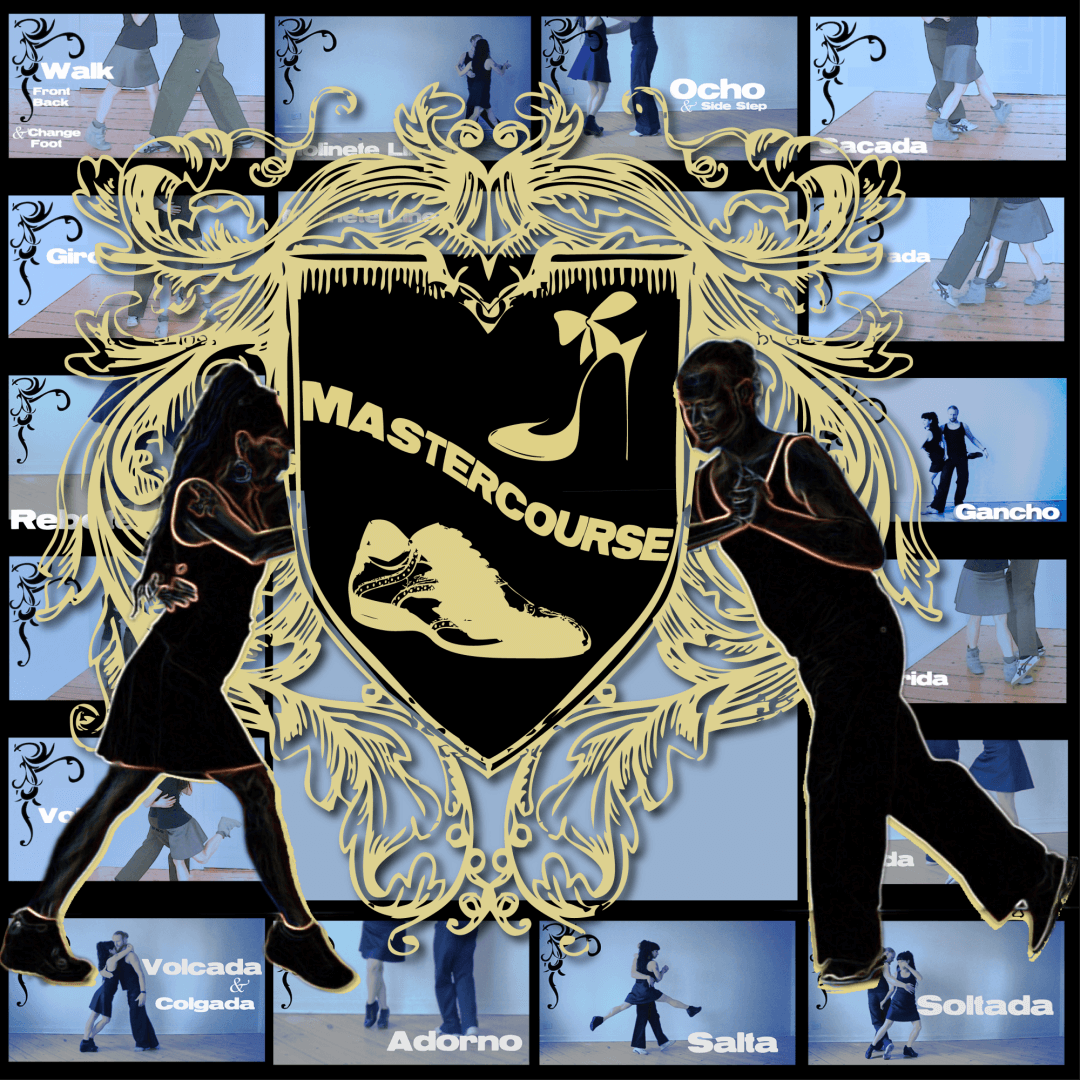Rebote
2017 Rebote Bio
- co-contraction is the maximum power we can create with a muscle pair
- we use co-contraction in tango for: intensifying/fortifying the arch (for leaning moves and drama), maximizing projection, and elasticity
- co-contraction can trigger the stretch reflex and that’s what makes elasticity
- we can co-contract the muscles anytime: while flexing, while extending, or while the joints are stationary
- we can create rebotes in different sizes and dynamics
- the elasticity should express fluidly through the hip and shoulder joints
2017 Rebote Impro
the Revel’s movement should be later!
the Revel must match the Mark’s dynamic
pro and contra rebote
repeated rebote:
- the charm of this movement is that we transfer weight to the same foot twice sequentially – and in 2 beats, not 3! (don’t rock back to the sending leg)
- make sure you use the sending leg for co-contraction, don’t transfer too much weight on the first rebote, and then co-contract a little harder for the second push
- (not shown in video) you can also do more than two pushes, three, four, or more!
Alteracíon
2017 Bio
- alteración = rebote who pivots and releases to different location than start
- alteración = powerful, elastic pivot
- powerful pivot = cocontraction + pivot
- cocontraction = simultaneous contraction of paired muscles, in this case quads and hamstrings
2017 Impro
Alteración could be any two steps, but the dynamic is different.
The mark steps closer to the revel’s receiving leg, closer to the direction he plans to exit to.
Co-contraction happens also in the upper arms (biceps+triceps) with flexion of the shoulders and elbows.










